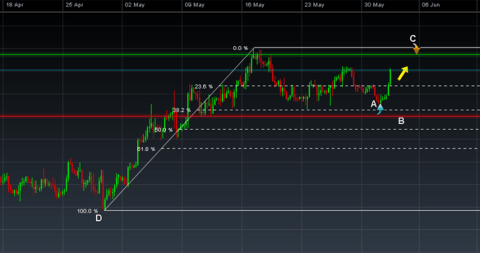Mastering Swing Trading: Proven Strategies for Success
Image Source: Google
Swing trading is a popular trading strategy that involves holding positions for a period ranging from one day to several weeks. It is based on capturing short to medium-term gains in the stock market. Mastering swing trading requires a combination of technical analysis, risk management, and discipline. In this article, we will explore proven strategies that can help you achieve success in swing trading.
The Basics of Swing Trading
Definition
Swing trading strategies is a style of trading that attempts to capture short to medium-term gains in a stock (or any financial instrument) over a period of a few days to several weeks. Unlike day trading, which involves making numerous trades within a single day, swing traders hold their positions for longer periods.
Key Points
- Swing trading involves identifying short-term trends and using technical analysis to make trading decisions.
- Swing traders aim to profit from price swings or "swings" in the market.
- Risk management is crucial in swing trading to protect against significant losses.
- Discipline and patience are essential qualities for successful swing traders.
Proven Strategies for Success in Swing Trading
1. Use Technical Analysis
Technical analysis is a key component of swing trading. Here are some technical indicators and tools that can help you make informed trading decisions:
- Moving averages
- Relative strength index (RSI)
- Bollinger Bands
- MACD (Moving Average Convergence Divergence)
2. Develop a Trading Plan
Having a well-defined trading plan is essential for success in swing trading. Your trading plan should include the following:
- Entry and exit points
- Profit targets
- Stop-loss levels
- Risk-reward ratio
- Position sizing
3. Manage Your Risk
Risk management is a critical aspect of swing trading. Here are some risk management strategies to consider:
- Set stop-loss orders to limit your losses
- Avoid risking more than a small percentage of your trading capital on any single trade
- Diversify your trades to minimize risk
4. Be Patient and Disciplined
Patience and discipline are essential qualities for successful swing traders. Here are some tips to help you stay disciplined:
- Stick to your trading plan and avoid making impulsive decisions
- Avoid overtrading and chasing after every opportunity
- Be patient and wait for the right setups to maximize your chances of success
Common Mistakes to Avoid in Swing Trading
1. Ignoring Risk Management
One of the biggest mistakes that swing traders make is ignoring risk management. Failing to set stop-loss orders or risking too much on a single trade can lead to significant losses.
2. Lack of Patience
Impatience can be a killer in swing trading. Jumping into trades without waiting for proper setups or exiting positions too early can prevent you from realizing the full potential of a trade.
3. Emotional Trading
Emotions such as fear and greed can cloud your judgment and lead to poor trading decisions. It's essential to trade based on logic and your trading plan rather than emotions.
4. Overleveraging
Overleveraging can magnify gains but also increase the risk of substantial losses. It's crucial to use leverage wisely and avoid taking on too much risk in your trades.
Conclusion
Mastering swing trading requires a combination of technical analysis, risk management, and discipline. By using proven strategies and avoiding common mistakes, you can increase your chances of success in swing trading. Remember to develop a trading plan, use technical analysis tools, manage your risk effectively, and stay patient and disciplined in your trading approach. With practice and dedication, you can become a successful swing trader.
